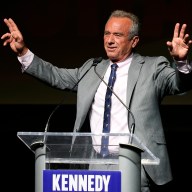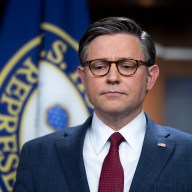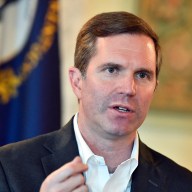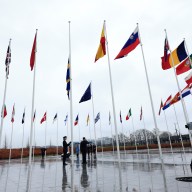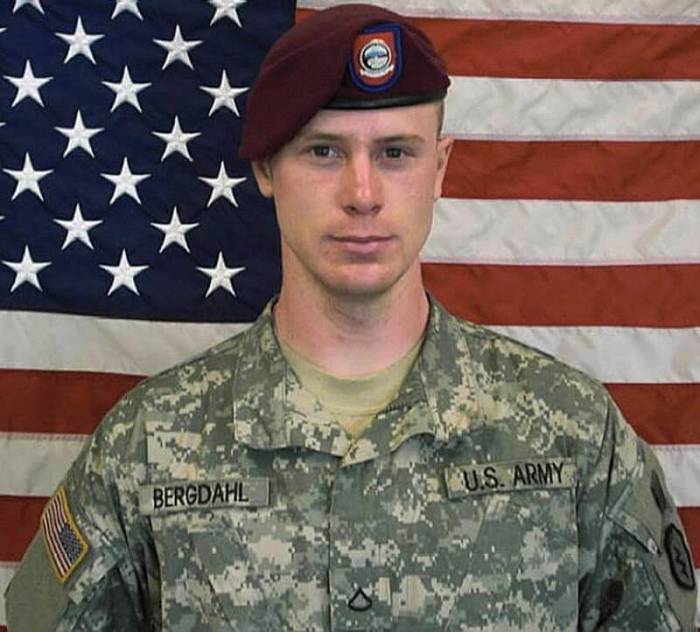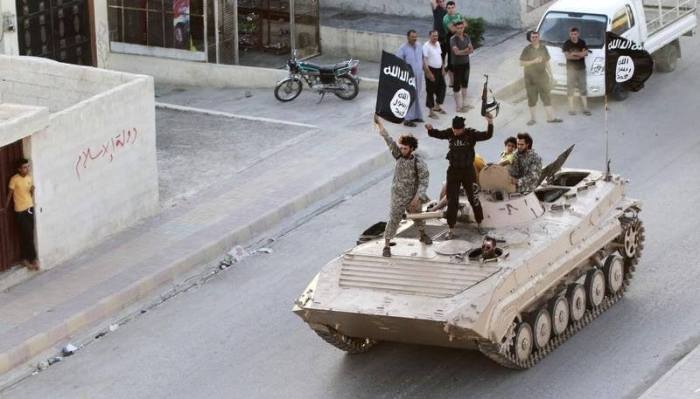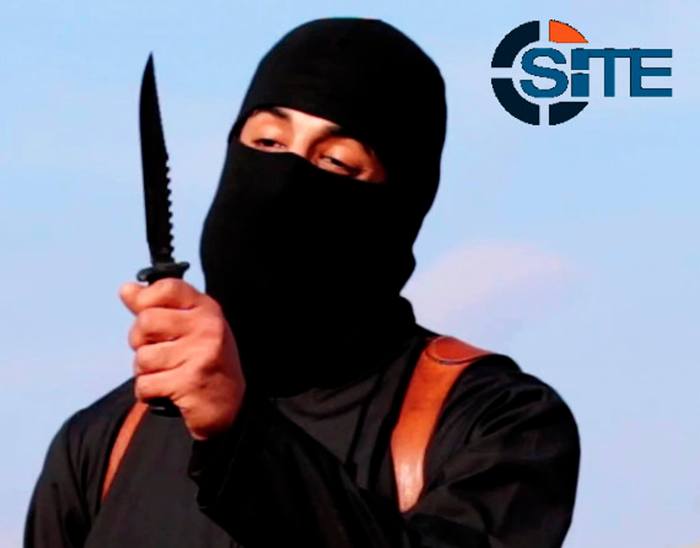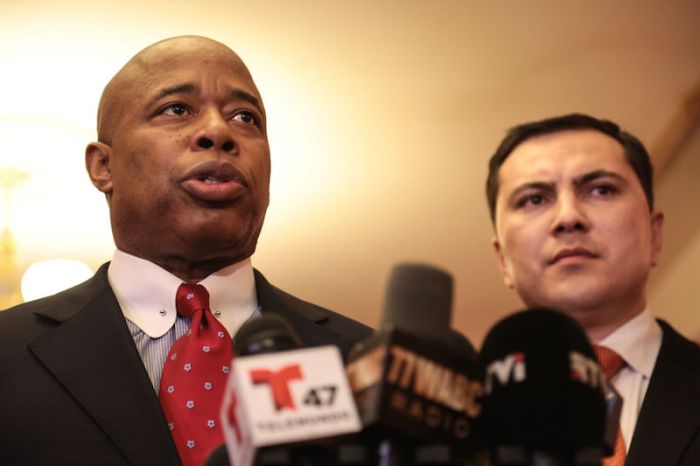His is a face that has been etched into the memories of Bostonians still healing from the devastation caused by the deadliest terror attack on U.S. soil since Sept. 11, 2001.
From the first images of Dzohkar Tsarnaev on surveillance footage, with a backwards cap and a backpack slung casually over his shoulder, to the petulant glare that graced the August 2013 cover of Rolling Stone magazine, it is a face of a person that remains unknowable. Now, the 21-year-old sits in federal court, facing the very people who will decide his fate. His hair – long, unkempt, dark and curly – frames a long face fringed with a scraggly beard that seems to say, “I don’t care.” So far, Tsarnaev hasn’t been spotted in a suit, opting instead for dark sweaters and khaki pants. The native of Russia’s Chechen Republic has pleaded not guilty to carrying out the 2013 attack that killed three people and injured 264 others at the finish line of the Boston Marathon. Jury selection began on Jan. 5, and is set to resume Thursday in federal court in Boston. The court is sifting through 3,000 potential jurors, hoping to weed out those who may be too biased to give the accused terrorist a fair trial. RELATED:Judge inBostonbombing trial begins questioning jury candidates But according to experts, despite a juror’s best efforts to remain impartial, a defendant’s appearance can have a significant impact on the outcome of a trial.
“A lot of times lawyers make tactical or intentional choices about these things,” said Chris Dearborn, clinical professor of law at Suffolk University. “But remember a person on trial has a right to make their own choices about how they look. I have had clients who have said, ‘Listen, this is who I am, and this is who I want the jury to see.’” Mark L. Goldstein Ph.D, a forensic psychologist and jury selection expert based in Chicago, says Tsarnaev’s defense team may be trying to give the appearance that he is mentally unstable.
Either that, or they are trying to work the Rolling Stone angle.
“Another possibility, though I doubt it, is that they are attempting to portray him as a hipster. But that just doesn’t work at all. I’d never advise an attorney to do that,” said Goldstein. “Unless the trial is in a community that is so liberal that you’re going to find people on a jury that would be sympathetic because they could identify with him on some level.” RELATED:Bostonbombing suspect attorneys want to rein in groupies The fact that some may consider Tsarnaev physically attractive doesn’t hurt either, Goldstein said, despite the vile actions of which he is accused.
“If someone is good looking, yes, it is helpful to their case. Especially if it is an attractive man, and there are women jurors,” he said.
A defendant’s mannerisms also play a part in swaying jurors, who keep a watchful eye on suspects in a courtroom, Goldstein said.
So far in court, Tsarnaev tends to sit with his hands folded in front of him, fidgeting occasionally but otherwise remaining still and silent with almost no expression.
“Some do pay attention to things like body language and facial expressions, especially if you have a defendant who is sneering all the time,” said Goldstein.
He is expected in court Thursday, as the second phase of jury selection begins.
Opening statements in the trial are set for Jan. 26.
A U.S. judge on Wednesday rejected the latest plea by lawyers for accused Boston Marathon bomber Dzhokhar Tsarnaev to suspend jury selection for his trial due to the recent attacks in Paris.
Tsarnaev’s attorneys filed the request Tuesday night in federal court, saying a delay would “allow some time for the extraordinary prejudice flowing from these events – and the comparison of those events to those at issue in this case – to diminish.” On Jan. 7, the third day of jury selection in Tsarnaev’s case, Islamist terrorists killed 12 people at the Charlie Hedbo magazine office in Paris. A policewoman and four hostages were later killed in the aftermath. Defense attorneys cited remarks made by the media and politicians drawing parallels between the French attacks and the Marathon bombing.
“The supposed parallels included the fact that the suspects were brothers, that they reportedly were influenced by the lectures and writings of Anwar al-Awlaki, that they were “home- grown” terrorists, and that they attacked civilians in a Western city,” attorneys said in the filing.







